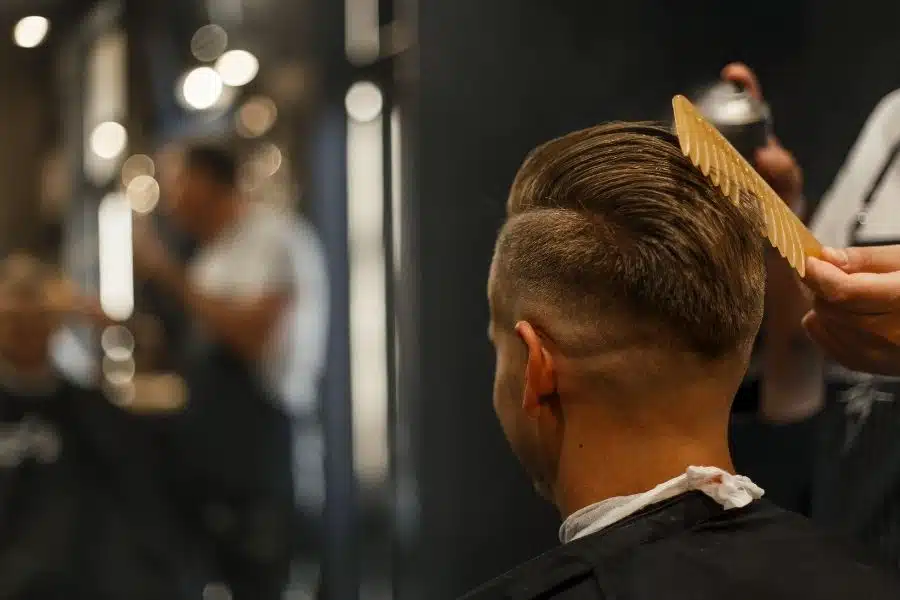Sitting for long periods of time – often for several hours at a time – is very challenging for the body during office day. That’s why it’s important to offer it variety and keep it going with targeted changes in movement.
Since there is hardly any time to engage in time-consuming exercises while working in the office, it is important to counteract physical signs of wear and tear due to immobility with efficient solutions.
How this can be achieved, among other things, is presented in the following 5 tips for more fitness in everyday office life at a glance.
Office chair with flexible backrest
If the office chair has a rigid backrest, this encourages poor posture. This often results in severe back and neck pain. Therefore, dynamics are required for the back.
This can be achieved with an adjustable backrest. If the office chair is ergonomic and the backrest has a rocking function so that it yields to counterpressure, the back muscles are challenged and remain in motion. Working at the PC in parallel is possible without any problems.
At the same time, the 90-degree angle of the legs recommended for a comfortable posture can be maintained.
Mental reset for short distances
Working at a desk for the entire day with high concentration also takes a toll on the brain. That’s why it’s important to give it a little downtime now and then.
This sharpens concentration and acts like a little freshening up. If you consciously leave your thoughts of work behind on the way to the kitchenette or the toilet and take a short meditation break, you will be more focused afterwards and can concentrate more optimally on the tasks at hand.
As a result, work performance increases and the error rate is minimized. Similarly, after a long and challenging phone call, it is important to let the impressions gained sink in briefly and to breathe in and out again in deep puffs.
In doing so, the brain separates the superfluous from the elementary and directs the focus to the essential content of the conversation.
Change of position at the workplace
There’s a saying that goes, “A rolling stone gathers no moss.” Repositioning your limbs again and again is therefore all the more important.
With a standing desk, this is accomplished excellently. All activities at the workplace can be carried out unchanged. Only the office chair is omitted.
Working in a standing position challenges the ligaments, joints and muscles time and again. Furthermore, the blood does not congest in the legs and can circulate more optimally.
This also applies to lymph fluid, which often accumulates due to long periods of sitting, especially in the ankle areas.
Height-adjustable desks allow you to switch between the sitting and standing positions, providing a high degree of flexibility and providing the dynamism desired on long workdays.
The 40-15-5 rule calls for sitting for 40 minutes, standing for 15 minutes and moving for 5 minutes.
Fresh air for the body and mind
If the opportunity exists, breaks in the office routine should be used in any case to fill up on fresh oxygen as much as possible. It is even better to combine this with exercise.
A short walk in the park, in the city center or even just around the office building makes for different images and replenishes energy stores.
If you want to and have a larger window of time available during your break, you can pack separate running shoes for work and go for a short jog.
This gets the circulation going and boosts blood flow. Modern office environments have their own fitness room or fitness units such as a pull-up bar.
Likewise, therabands can be used for individual stretching. They are so small that they fit in any roll container and are at hand in no time.
Stretching and stretching exercises at work.
If you don’t have the opportunity to get away from your desk, you can sit upright on your office chair or a sitting ball and gently circle your shoulders.
Here, it is recommended to first circle forward and then backward. It is also helpful to stretch the tense neck muscles by tilting the head.
Water bottles serve as dumbbells and are lifted up with both hands. An elliptical trainer under the desk allows the leg and thigh muscles to stay on their toes even during long workdays.







